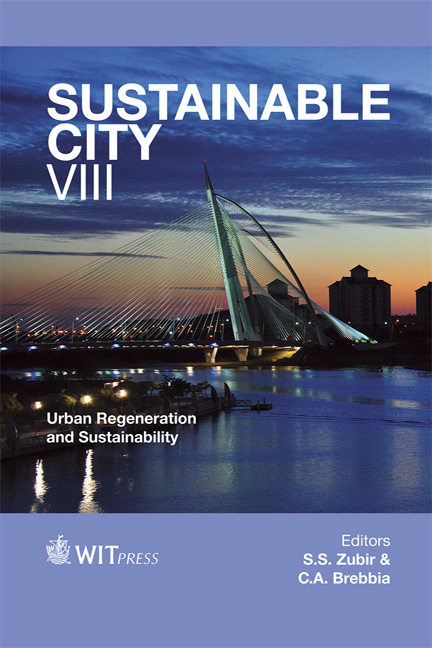The Contribution Of Historic Urban Spaces In Influencing The Character Of George Town UNESCO World Heritage Site, Malaysia
Price
Free (open access)
Transaction
Volume
179
Pages
9
Page Range
1191 - 1199
Published
2013
Size
231 kb
Paper DOI
10.2495/SC131012
Copyright
WIT Press
Author(s)
C. A. Rohayah, S. Shuhana & B. S. Ahmad
Abstract
This paper examines the significance of the historic urban spaces in influencing the character of George Town UNESCO World Heritage Site (WHS) by analyzing the perception of the residents towards the character of the heritage sites. George Town was the first British port city recognized as having a unique architectural and cultural townscape that was inscribed together with Malacca as a UNESCO World Heritage Site in 2008. The multi-cultural character influences of Asia and Europe have created tangible and intangible elements that contribute to the character of the historic urban spaces. The significance of the historic buildings with unique its architecture and the urban pattern derived through their juxtaposition on the site has created unique spaces that characterized the George Town WHS. These rows of pre-war historic buildings enclosed the areas and create the planned or incidental urban spaces, which divided the area into several significant streets or spaces. The names of the street depict the historical significance of the area having a close association with the existence of different groups of the community. The findings suggest that the historic urban spaces play an important role in influencing the character of the WHS sites. Keywords: historic urban space, world heritage site, character, townscape.
Keywords
Keywords: historic urban space, world heritage site, character, townscape.





